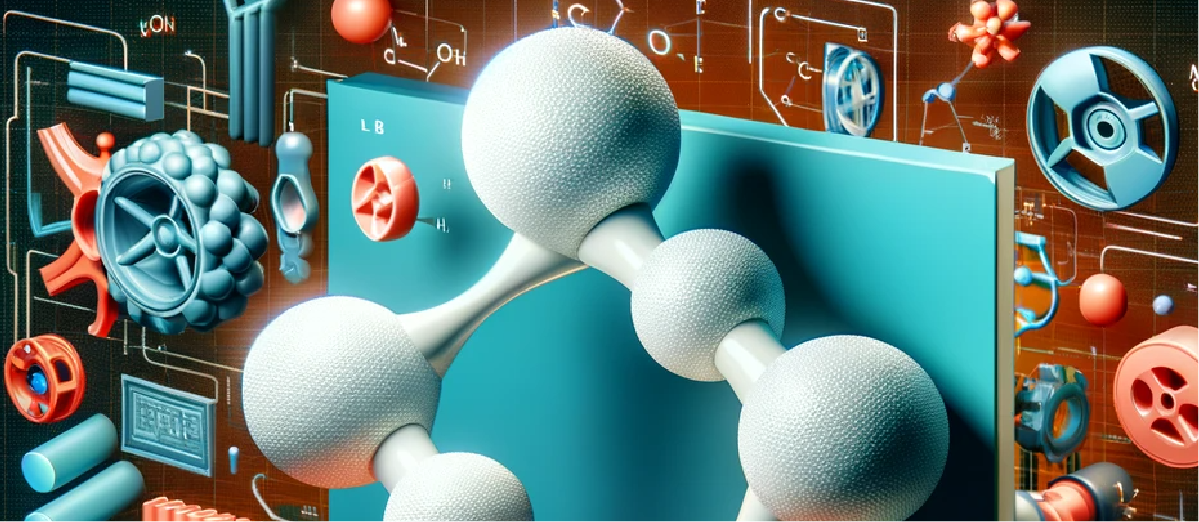Polyurethanes, a versatile class of polymers, are ubiquitous in our daily lives, found in everything from comfortable mattresses to durable automotive parts. However, the true magic of polyurethanes lies in their ability to be tailored for specific applications, a feat largely achieved through the use of specialized additives. This blog post delves into the world of polyurethane additives, shedding light on what they are, their various roles, and their critical importance in enhancing the properties of polyurethane products.
What are Polyurethane Additives?
At its core, polyurethane is a polymer formed by reacting a polyol with a diisocyanate. However, this basic chemistry is just the beginning. Additives are essential ingredients that are incorporated into polyurethane formulations to modify their properties and performance. These additives range from catalysts and surfactants to flame retardants and colorants, each playing a unique role in the polyurethane matrix.
The Role of Additives in Polyurethanes
The versatility of polyurethanes is largely attributed to the wide range of additives that can be used. Let’s explore some of the key roles these additives play:
1. Enhancing Performance
Additives can significantly enhance the performance of polyurethanes. For instance, plasticizers are added to increase flexibility, while UV stabilizers are used to prevent degradation from sunlight. This customization allows manufacturers to produce polyurethanes that meet specific demands of different applications.
2. Improving Processability
The manufacturing process of polyurethanes can be complex and challenging. Additives like catalysts speed up the chemical reaction, making the production process more efficient. Surfactants, on the other hand, help in achieving a uniform mixture, ensuring consistent quality in the final product.
3. Ensuring Safety and Compliance
Safety is paramount in material manufacturing. Flame retardants are crucial additives in polyurethanes used in construction and automotive industries, where fire resistance is a regulatory requirement. Similarly, antimicrobial additives can be used in medical and food-grade applications to ensure hygiene and safety.
4. Aesthetic Enhancements
Apart from functional properties, aesthetics play a crucial role in consumer products. Colorants and dyes are added to polyurethanes to achieve a wide range of visual effects, while texturizing agents can alter the surface feel of the finished product.
The Importance of Additives in Polyurethane Applications
The significance of additives in polyurethane applications cannot be overstated. They not only expand the range of physical properties achievable but also open up new application areas for polyurethanes. From flexible foams in upholstery to rigid insulating foams in refrigerators, the right combination of additives is key to meeting the specific needs of these diverse applications.
Conclusion
Polyurethane additives play a pivotal role in unlocking the full potential of this versatile material. By understanding the roles and importance of these additives, manufacturers and consumers alike can appreciate the science and art behind the polyurethane products we use every day. As research and development in this field continue to advance, we can expect even more innovative and tailored polyurethane solutions in the future.




